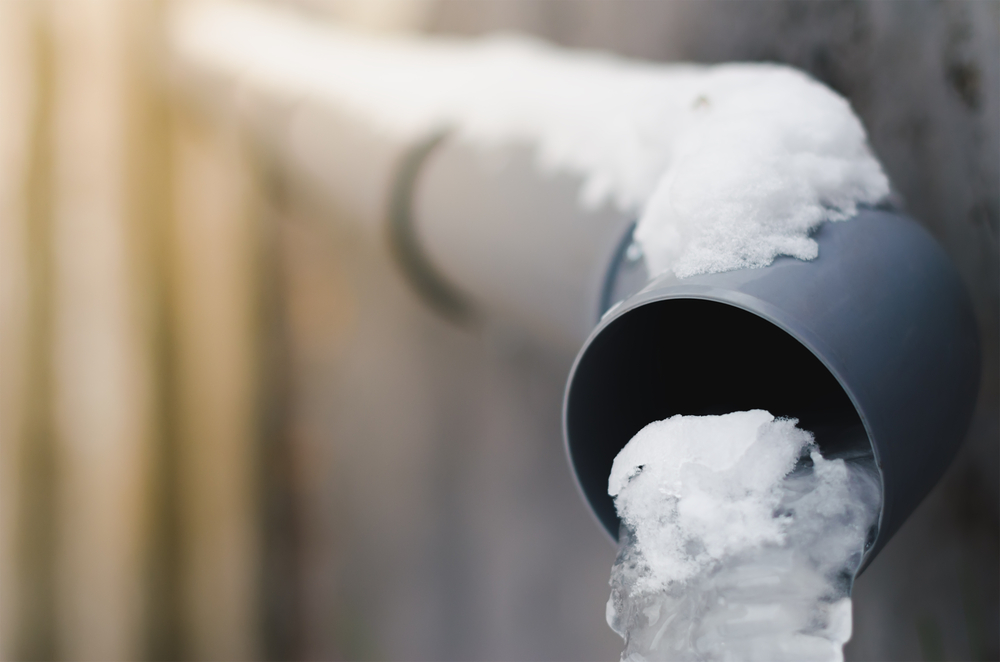Avoiding Frozen Plumbing: Top Strategies for Winter
Avoiding Frozen Plumbing: Top Strategies for Winter
Blog Article
This post in the next paragraphs about Prevent Frozen Pipes is really interesting. Check it out for yourself and figure out what you think about it.

Cold weather can wreak havoc on your plumbing, specifically by freezing pipelines. Right here's exactly how to avoid it from happening and what to do if it does.
Introduction
As temperature levels drop, the threat of icy pipes increases, possibly causing expensive repairs and water damages. Comprehending how to stop frozen pipes is crucial for home owners in chilly environments.
Comprehending Frozen Pipes
What triggers pipes to ice up?
Pipes freeze when revealed to temperatures listed below 32 ° F (0 ° C) for extended durations. As water inside the pipelines freezes, it increases, taxing the pipeline walls and possibly creating them to burst.
Dangers and problems
Icy pipes can cause water disruptions, building damage, and costly repair services. Ruptured pipelines can flooding homes and cause extensive architectural damages.
Indicators of Frozen Piping
Recognizing frozen pipes early can stop them from bursting.
Exactly how to determine icy pipes
Search for reduced water flow from faucets, unusual smells or sounds from pipelines, and visible frost on subjected pipelines.
Prevention Tips
Protecting vulnerable pipes
Cover pipelines in insulation sleeves or utilize heat tape to shield them from freezing temperature levels. Focus on pipes in unheated or external areas of the home.
Home heating methods
Keep indoor areas sufficiently heated, specifically areas with pipes. Open closet doors to enable warm air to circulate around pipelines under sinks.
Protecting Exterior Plumbing
Yard hoses and outside taps
Detach and drain pipes garden pipes prior to winter. Set up frost-proof faucets or cover outdoor faucets with shielded caps.
What to Do If Your Pipelines Freeze
Immediate actions to take
If you presume icy pipes, keep faucets open up to relieve stress as the ice thaws. Make use of a hairdryer or towels soaked in hot water to thaw pipes slowly.
Long-Term Solutions
Architectural changes
Take into consideration rerouting pipelines away from exterior walls or unheated locations. Include additional insulation to attic rooms, cellars, and crawl spaces.
Updating insulation
Purchase high-grade insulation for pipelines, attic rooms, and wall surfaces. Appropriate insulation assists maintain consistent temperatures and decreases the risk of frozen pipelines.
Verdict
Protecting against icy pipes requires proactive actions and fast actions. By understanding the reasons, indications, and preventive measures, property owners can protect their pipes during winter.
6 Proven Ways to Prevent Frozen Pipes and Protect Your Home
Disconnect and Drain Garden Hoses
Before winter arrives, start by disconnecting your garden hoses and draining any remaining water. Close the shut-off valves that supply outdoor hose bibs and leave the outdoor faucet open to allow any residual water to drain. For extra protection, consider using faucet covers throughout the colder months. It’s also important to drain water from any sprinkler supply lines following the manufacturer’s directions.
Insulate Exposed Pipes
Insulating your pipes is an effective way to prevent freezing. Pipe insulation is readily available at home improvement stores and is relatively inexpensive. Pay close attention to pipes in unheated areas such as the attic, basement, crawl spaces, or garage. Apply foam insulation generously to create a buffer against the cold. You can also wrap your pipes in heat tape or thermostat-controlled heat cables for added warmth.
Seal Air Leaks
Inspect your home for any cracks or openings that could let in cold air. Seal any holes around the piping in interior or exterior walls, as well as the sill plates where your home rests on its foundation. Additionally, make sure to keep your garage door closed unless you’re entering or exiting. Leaving it open creates a significant air leak that can lead to frozen pipes.
Allow Warm Air Circulation
During cold snaps, it’s essential to allow warm air to circulate evenly throughout your home. Leave interior doors ajar to promote better airflow. Open kitchen and bathroom cabinets to help distribute heat consistently around the rooms. If you have small children or pets, be sure to remove any household chemicals or potentially harmful cleaners from open cabinets for safety.
Let Faucets Drip
A small trickle of water can make a big difference in preventing ice formation inside your pipes. When temperatures drop significantly, start a drip of water from all faucets served by exposed pipes. This continuous flow helps prevent the water from freezing. Additionally, running a few faucets slightly can relieve pressure inside the pipes, reducing the chances of a rupture if the water inside does freeze.
https://choateshvac.com/6-proven-ways-to-prevent-frozen-pipes-and-protect-your-home/

We had been introduced to that article on 6 Ways to Prevent Frozen Pipes through an acquaintance on a different web address. Liked our blog posting? Please quickly share it. Let others locate it. Thanks a lot for taking the time to read it.
Click Here Report this page